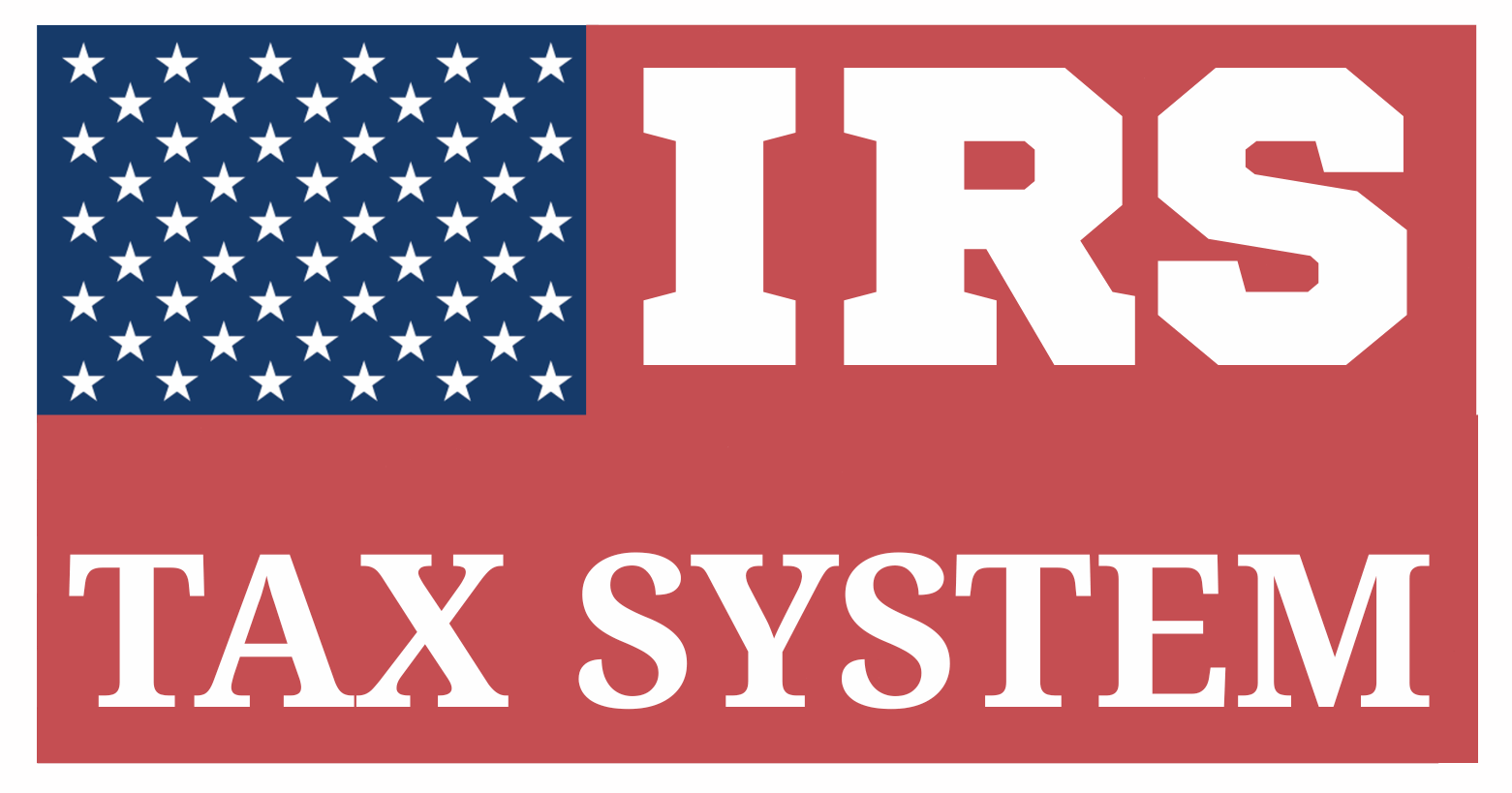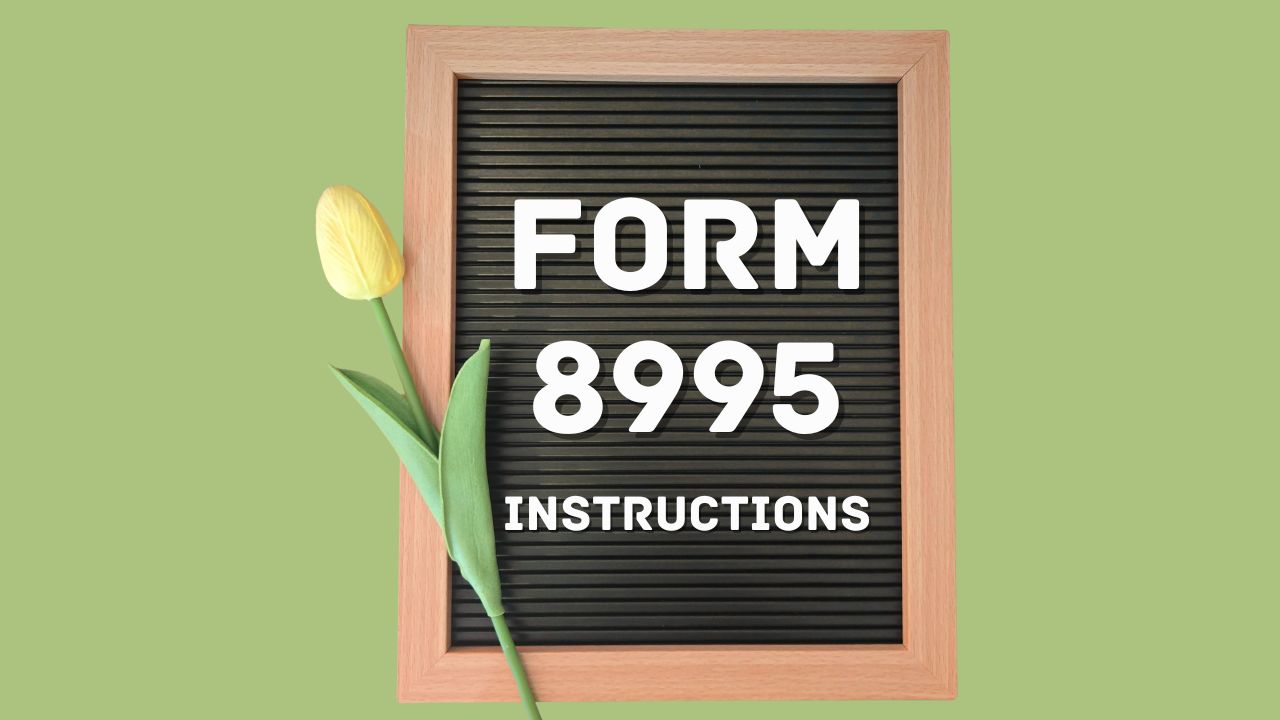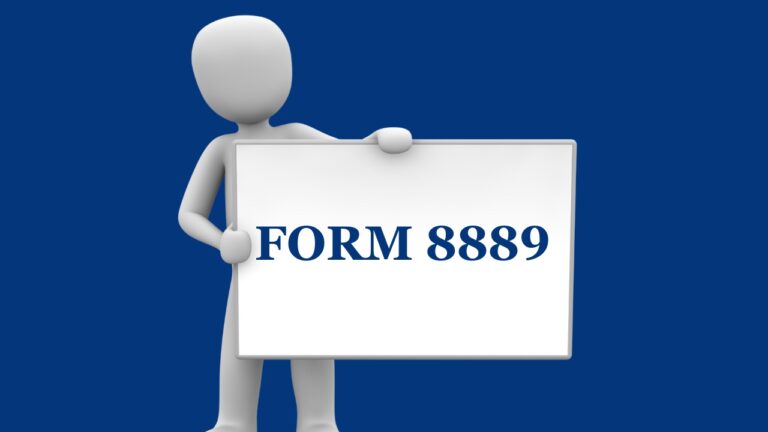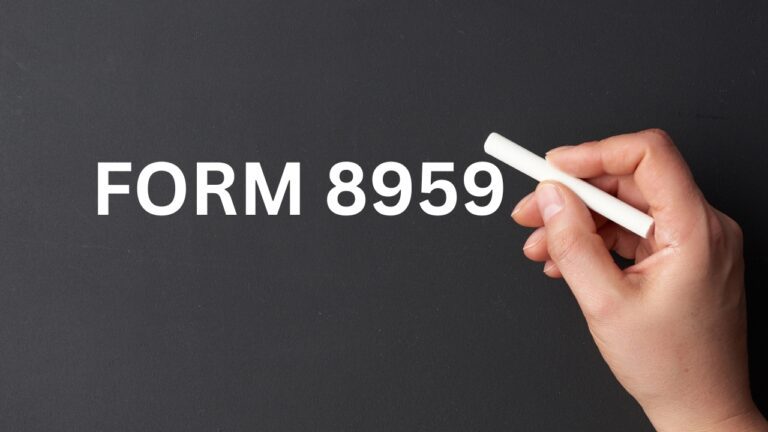Form 8995 Instructions: Simple & Easy
Table of Contents
A Complete Structure On Form 8995 Instructions
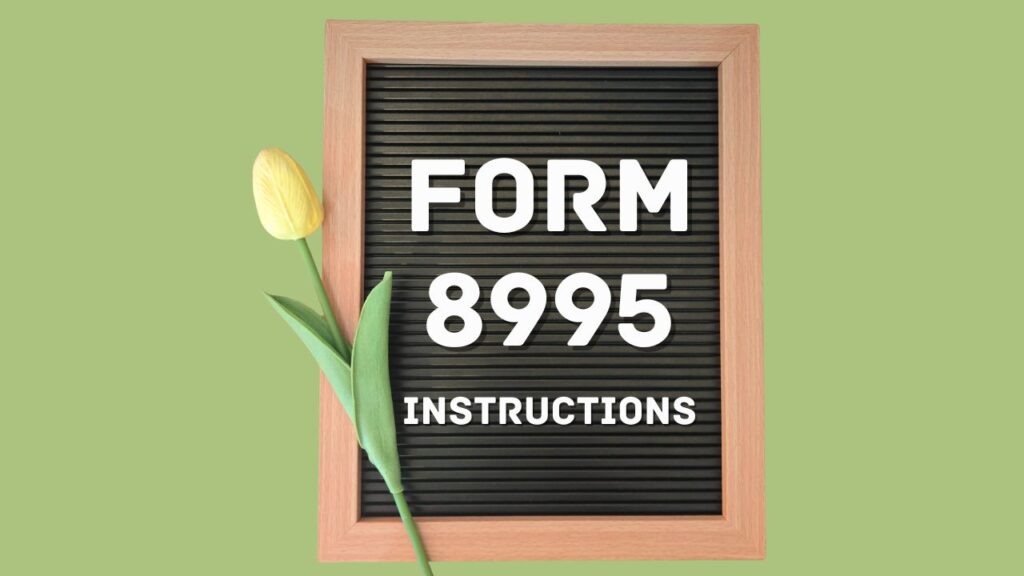
Form 8995 Instructions, titled “Qualified Business Income Deduction Simplified Computation,” is used by eligible taxpayers to calculate the 20% deduction on Qualified Business Income (QBI) under Internal Revenue Code §199A. This deduction was introduced as part of the Tax Cuts and Jobs Act (TCJA) and aims to reduce the tax burden on pass-through entities and certain self-employed individuals.
Form 8995 is a streamlined version of Form 8995-A. It’s intended for individuals with simpler tax profiles—specifically those whose taxable income is below the IRS-defined thresholds, and who are not subject to wage/UBIA or service business limitations.
Who Should File Form 8995
You’re eligible to file Form 8995 if the following criteria are satisfied:
- Your total taxable income (before the QBI deduction) is below the threshold set by the IRS for the tax year:
- $200,000 for single, head of household, or married filing separately
- $400,000 for married filing jointly (2025 limits)
- Your income comes from a qualified U.S.-based business, such as:
- Sole proprietorships
- Partnerships
- S corporations
- Qualified REIT dividends or PTP (Publicly Traded Partnership) income
- Certain trusts or estates
- You are not claiming the deduction from a Specified Service Trade or Business (SSTB) such as law, consulting, health, or accounting — unless you fall below the phase-out range.
- You are not subject to W-2 wage or UBIA (Unadjusted Basis Immediately After Acquisition) limitations.
If you do not meet all the above conditions, you must instead file Form 8995-A, which provides a more detailed, multi-part computation structure.
Structure of Form 8995 (2025)
IRS Form 8995 is logically divided into four main parts, capturing QBI deduction components clearly and concisely:
Part I – Trade, Business, or Aggregation Information
Here, you list every qualified trade or business that generates QBI:
- Name of the business
- Employer Identification Number (EIN) if applicable
- Your share of QBI (net of expenses)
- Whether the business is part of an aggregation election
Note: You must include all QBI-generating businesses even if income is minimal.
Part II – Determine Your QBI Deduction
In this section, you:
- Total all QBI amounts from the businesses listed above.
- Apply a 20% rate to the total amount to estimate the preliminary deduction.
- Compute the deduction by taking 20% of taxable income excluding net capital gains.
- Compare both values and take the smaller amount as your QBI deduction from this section.
Part III – REIT Dividends and PTP Income Deduction
This section applies only if you received:
- Qualified REIT dividends, or
- Publicly traded partnership income
You apply the same 20% deduction rate to these components separately and include only the qualified portion.
Part IV – Final QBI Deduction Summary
This is the final step:
- Add together the QBI deduction (Part II) and the REIT/PTP deduction (Part III).
- The resulting total is your total QBI deduction.
- This amount is entered on Schedule 1 (Form 1040), Line 13, and carried over to Form 1040, Line 13.
How to Calculate IRS Form 8995 – QBI Deduction
Overview
IRS Form 8995 helps eligible taxpayers calculate the 20% deduction on Qualified Business Income (QBI) from certain pass-through businesses Your deduction cannot exceed the lesser of the amounts listed below:
- 20% of your QBI, or
- A calculation of 20% based on taxable income prior to the QBI deduction and not including net capital gains.
Let’s break this into practical calculation steps.
Step-by-Step QBI Deduction Calculation
Step 1: Determine Your Qualified Business Income (QBI)
Qualified Business Income is the net income (revenues minus expenses) from eligible U.S. businesses such as:
- Sole proprietorships (Schedule C)
- Partnerships (K-1 income from Form 1065)
- S Corporations (K-1 from Form 1120-S)
- Rental real estate activities that qualify as a trade or business under IRS rules.
Exclude:
- W-2 wages
- Guaranteed payments
- Investment income (capital gains, dividends, interest)
- Foreign-sourced income
Example
You own a sole proprietorship with $100,000 in net business income after expenses.
Your QBI = $100,000
Step 2: Calculate 20% of QBI
Multiply your QBI by 20%.
Example:
$100,000 × 20% = $20,000 tentative QBI deduction.
Step 3: Determine Your Taxable Income
Calculate your taxable income before the QBI deduction. This is typically found on Form 1040, Line 15.
Let’s say your taxable income = $95,000
Step 4: Subtract Net Capital Gain from Taxable Income
QBI deduction is limited to 20% of taxable income minus net capital gain (such as long-term capital gains, qualified dividends).
If your net capital gain is $10,000,
Taxable income minus capital gain = $95,000 – $10,000 = $85,000
Step 5: Calculate 20% of Adjusted Taxable Income
Now multiply the above amount by 20%:
$85,000 × 20% = $17,000
Step 6: Compare and Choose the Lower Amount
Now compare:
- 20% of QBI = $20,000
- Calculated QBI cap: 20% × (Taxable income – Net capital gain) = $17,000.
Your QBI Deduction = $17,000 (the lesser of the two)
This amount will appear in:
- Form 8995, Part IV, Line 16
- Then flow to Schedule 1 (Form 1040), Line 13
- Ultimately shown on Form 1040, Line 13
Bonus: If You Have REIT/PTP Income
If you have:
- Qualified REIT dividends or
- Income from Publicly Traded Partnerships (PTPs)
You’ll report them in Part III of Form 8995 and apply the same 20% deduction rule separately.
The REIT/PTP deduction is added to your regular QBI deduction in Part IV.
Example of Form 8995 Calculation
Let’s assume the following scenario for 2025:
- You are a sole proprietor with a QBI of $100,000
- Your total taxable income before QBI is $110,000
- You have no capital gains
Step 1:
QBI calculation: $100,000 × 20% = $20,000 allowable deduction.
Step 2:
Deduction based on taxable income: $110,000 × 20% = $22,000.
Step 3:
Since $20,000 is less than $22,000, the allowable deduction is $20,000.
Enter the $20,000 QBI deduction amount on your individual tax return (Form 1040).
Related Forms and Schedules for Form 8995
The Qualified Business Income (QBI) deduction doesn’t work in isolation. It interacts with a number of other IRS forms and schedules, depending on your business type, filing status, and income sources.
Form 1040 – U.S. Individual Income Tax Return
- This is your main tax return.
- The QBI deduction (from Form 8995) ultimately flows to:
- Report the amount on Schedule 1, Line 13, which then flows to Form 1040, Line 13.
Schedule 1 (Form 1040) – Additional Income and Adjustments
- This is where your QBI deduction is reported, specifically:
- Line 13: “Qualified business income deduction”
Schedule C (Form 1040): Reports income and expenses from sole proprietorships.
- Filed by sole proprietors to declare their business’s net profit or loss..
- The bottom-line net profit on Schedule C flows into:
- Schedule 1, Line 3, and contributes to your QBI for Form 8995.
Schedule E – Reporting Rental, Royalty, and Pass-Through Income
- Used to report:
- Rental income
- Royalties
- Pass-through income from partnerships, S corporations, and trusts
- Lines from Schedule E contribute to your QBI if the activity qualifies as a trade or business.
Schedule SE (Form 1040) – Self-Employment Tax
- Reports self-employment tax for:
- Sole proprietors (Schedule C)
- Certain partners (Schedule K-1, Form 1065)
- The net income reported here does not directly impact QBI but affects taxable income and AGI.
Schedule K-1 (Form 1065 / 1120-S)
- Received by partners or shareholders in:
- Partnerships (Form 1065)
- S Corporations (Form 1120-S)
- Relevant boxes on the K-1 indicate:
- Your share of QBI
- Whether the business is an SSTB (Specified Service Trade or Business)
- Any QBI adjustments, such as W-2 wages or unadjusted basis (if applicable for Form 8995-A)
Form 8995-A – QBI Deduction (Full Computation)
- When Form 8995-A Is Required Instead of Form 8995:
- Your taxable income exceeds the IRS threshold ($200,000 single / $400,000 MFJ for 2025)
- Your income comes from an SSTB
- You need to compute the deduction using W-2 wages or UBIA limitations
Form 8889 – Health Savings Accounts (HSAs)
- If your self-employment income is reduced by HSA deductions, it may impact:
- Your adjusted gross income (AGI)
- As a Result, Your Taxable Income Eligible for the QBI Deduction
Form 4797 – Sales of Business Property
- Gains and losses from the sale of business property may or may not qualify as QBI:
- Ordinary income from depreciation recapture may be QBI
- Capital gains/losses are not included in QBI
Form 8990 – Limitation on Business Interest Expense
- If you have interest expenses limited under IRC §163(j), adjustments may be needed for QBI calculation.
Form 4562 – Depreciation and Amortization
- While this doesn’t flow directly to Form 8995, the depreciation expense on business assets impacts your:
- Net business income → and therefore your QBI
Form 6252 – Installment Sale Income
- Installment sales from a business activity may generate ordinary income, some of which may qualify as QBI.
How QBI Deduction Appears on the Tax Return?
- The result flows to:
- Schedule 1 (Form 1040), Line 13
- Then to Form 1040, Line 13
- It becomes part of the “Qualified Business Income Deduction” listed below standard/itemized deductions.
How Does the Deduction Affect Tax Brackets?
Because the QBI deduction reduces your taxable income, it may:
- Drop you into a lower tax bracket
- Reduce marginal tax liability
- Increase eligibility for certain credits or lower rates
However, since it does not reduce AGI, it has no effect on:
- Medicare surtax (NIIT thresholds)
- Income-based phaseouts (like education or IRA deductions)
- AGI-based limits on itemized deductions
Conclusion
Form 8995 offers a streamlined way for eligible taxpayers to calculate the 20% deduction on qualified business income without the complex rules of Form 8995-A. It supports small business owners, freelancers, and partners in pass-through entities by reducing their taxable income and improving cash flow. However, accurate QBI tracking, correct aggregation (if any), and proper categorization of income are essential for compliance.
Frequently Asked Questions (FAQs )
Can I use Form 8995 if I own multiple businesses?
Yes, as long as you meet the income threshold and none require W-2 wage or UBIA limits.
Do I need to aggregate businesses?
Only if beneficial or required. Aggregation is optional and reported within Part I.
What happens if my income exceeds the threshold mid-year?
You may no longer qualify for Form 8995 and must use Form 8995-A.
Is W-2 income or capital gains part of QBI?
No. QBI only includes net business income; wages, capital gains, and interest are excluded.
Do rental properties qualify for QBI deduction?
Potentially, if the rental rises to the level of a trade or business under IRS rules.
